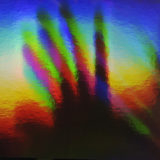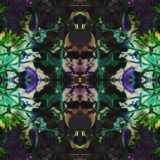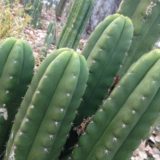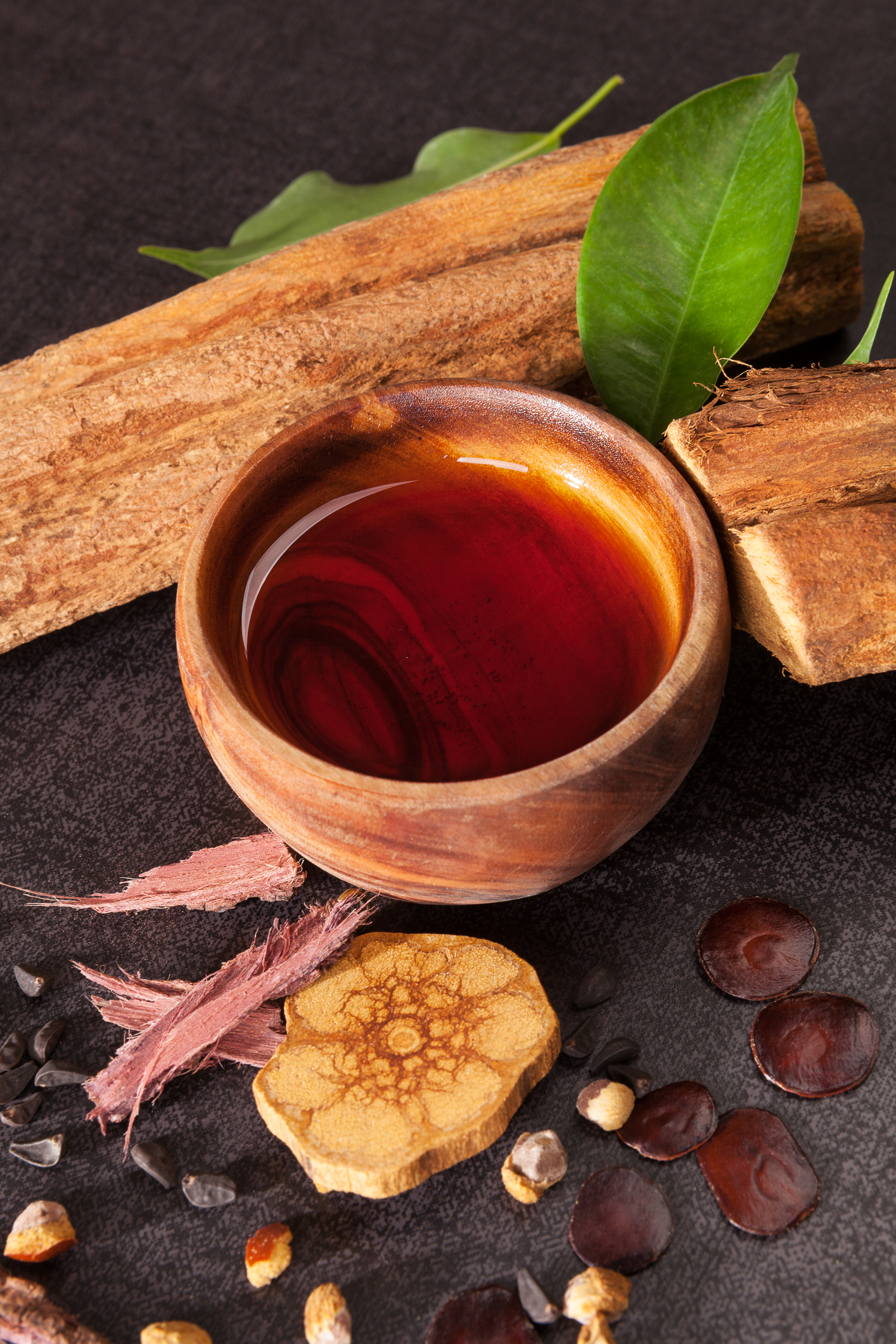
LSA Extraction Hawaiian Baby Woodrose.
LSA Content in Hawaiin Baby Woodrose.
Hawaiian Baby Woodrose (Argyreia Nervosa) is a climbing vine known as the Woolly Morning Glory and the Elephant Creeper, native to the Indian subcontinent. Hawaiian Baby Woodrose, not to be confused with Hawaiian Woodrose (Merremia Tuberosa), contains an ergoline alkaloid that occurs in various species of vines of the Convolvulaceae plant family and some species of fungus.
The plant seeds contain high amounts of LSA (D-lysergic acid amide), similar to LSD (D-lysergic acid diethylamide), making them appealing as psychedelic compounds that can induce a high similar to an acid trip. LSAs are often used to come to terms with personal trauma and losses, communicate with those who have crossed over, and prophesize (see into the future).
According to the Erowid Vault (Erowid.org), LSA’s potency is 1/10th to 1/30th of that of LSD. While LSA has some similar effects as LSD, it is generally considered much less exhilarating and can be sedating. LSA also presents a more robust body high with less mental stimulation and fewer visuals or hallucinations. Because of this, some sources also classify LSA as a depressant. LSA has also long been used to treat neurological disorders, rheumatism, and other arthritic conditions.
Currently, seeds containing LSA can be legally obtained from garden stores or online. However, according to the Controlled Substances Act, it is illegal to extract, buy, sell, or consume LSA as a drug in the United States.
Hawaiian Baby Woodrose and Morning Glory (Ipomoea Violacea) seeds or Sleepy Grass (Achnatherum Robustum) infected with Acremonium endophytic fungus can also be foraged in some regions of the world. Morning Glory seems to be the most popular. However, Hawaiian Baby Woodrose seeds are larger than Morning Glory seeds and scientifically proven to contain a higher LSA percentage per seed.
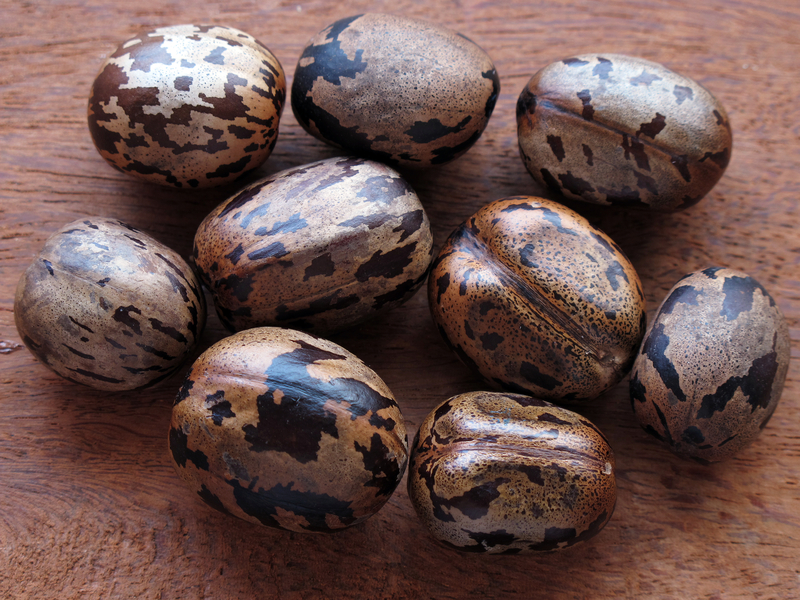
For example, taking just 3-4 seeds of Hawaiian Baby Woodrose is considered a light dose. The usual amount is 5-8 seeds, while up to 12 seeds can promote a more substantial trip. On the other hand, 50-100 seeds are considered a light dose of Morning Glory seeds, a usual amount is 150-200 seeds, and up to 400 sees for a stronger effect.
Furthermore, the effects of taking Hawaiian Baby Woodrose seeds are felt within 20-40 minutes, while the impact of taking Morning glory seeds can take anywhere from 30-minutes to an hour and a half or longer.
Additionally, the seeds from the Hawaiian Baby Wood Rose plant’s psychedelic effect lasts approximately 6-8 hours, often followed by a tranquil period for another twelve hours. After this, the individual is likely to experience a profound and peaceful sleep to wake refreshed. The effects of the Morning Glory plant can last up to ten hours or longer. Also, besides containing higher levels of LSA per seed, choosing Hawaiian Baby Woodrose has another advantage. It does not seem to cause near as much nausea and vomiting as the Morning Glory seeds do. Of course, more research is necessary to determine all of the pluses and minuses of using this natural psychedelic over others.
Sources
DoubleBlindMag.com, https://doubleblindmag.com/what-is-lsa-drug/
WikiDoc.org, https://www.wikidoc.org/index.php/Hawaiian_baby_woodrose
SensiSeeds.com, https://sensiseeds.com/en/blog/hawaiian-baby-woodrose-plant-what-is-it-and-what-is-it-used-for/
